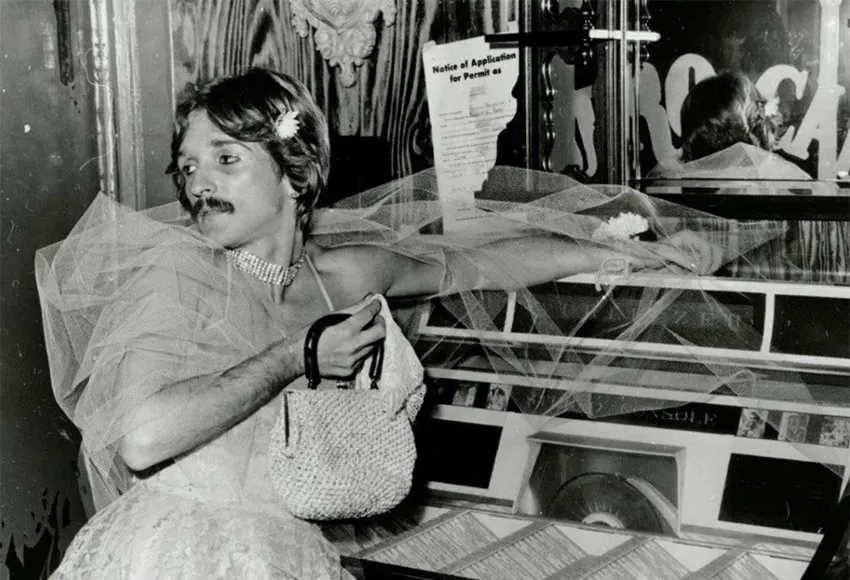Like other groups, our LGBTQ community observes and celebrates various holidays: Pride Month, National Coming Out Day, Transgender Day of Remembrance, etc. But our most popular holiday predates recorded history and captures the essence of sex and gender variance to a much greater degree than any activist holiday: Halloween, "the great Gay holiday."
Once thought to be for children, it is now almost as popular with adults. According to Nicholas Rogers, author of Halloween: From Pagan Ritual to Party Night, it "has become a major party night for adults, arguably the most important after New Year's Eve. The amount of money spent on Halloween has more than doubled in the last decade, making it the second retail bonanza after Christmas."
Halloween (or Hallowe'en) is a corruption of All Hallows' Eve, which is traditionally observed on the night before All Saints' Day (All Hallows' Day). Like other Christian holy days, Halloween was adapted from a pagan festival, in this case the Celtic feast of Samhain (pronounced SAH-win). Rich Wandel, an openly Gay high priest of Wicca, told the authors of The Gay Almanac that "Samhain is a time of connection to those who have gone before and will return again. It is my favorite ritual and is one we never let the students lead. We do it ourselves, because it is important, particularly in terms of the many friends that all of us in our communities have lost."
While Halloween is enjoyed by everyone, Rogers reminds us that "it has been the gay community that has most flamboyantly exploited Halloween's potential as a transgressive festival, as one that operates outside or on the margins of orthodox time, space, and hierarchy. Indeed, it is the gay community that has been arguably most responsible for Halloween's adult rejuvenation."
In Another Mother Tongue, her cultural history of Queer communities, Judy Grahn wrote about its significance to LGBTQ people, who in many societies served as priests, witches, shamans, healers, and intermediaries between the mortal and spirit worlds: "Impersonating a spirit is the only safe way to travel outdoors on Halloween. And who could better imitate spirits than the gay people whose traditional priestly role required just such intercourse with the spirit world? The qualities of impersonation and the dangerous business of crossing over from one world to another help explain why Halloween is the most significant gay holiday."
According to William Stewart, "Hallowe'en has always been a time of year when the gay communities experienced greater freedoms. Even in the 1940s and 1950s when police harassment of gay bars was at its height, Hallowe'en was the one fairy-tale evening when the drag queens could come out with impunity."
Halloween's appeal to the lesbian, gay, bisexual, transgender and queer communities goes beyond the holiday's historical or spiritual connotations. I believe that it has a lot to do with our role as outsiders in society, our propensity for cross-dressing and gender-bending, our love for the unusual and the fantastic, our ability to find humor in the absurdities and misfortunes of life, our fascination with festive costumes and the world of make-believe, and our special capacity to have fun.
While others might treat Halloween as just trick-or-treat for children, LGBTQ people observe and cherish it as a day and night in which we can do away with dull, ordinary, dumb reality and be our fun, exotic, erotic selves.


